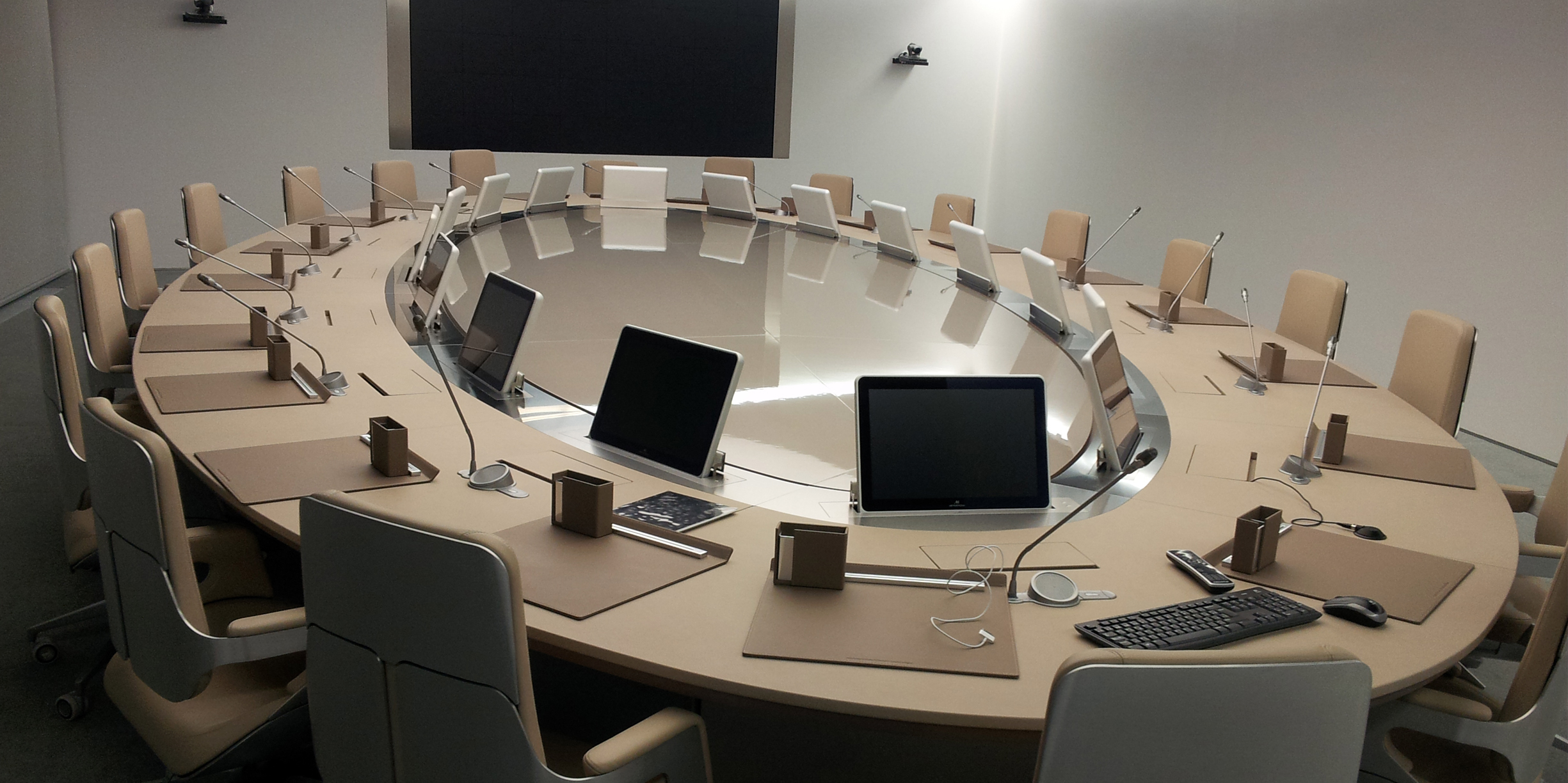Smart Buildings
Sony Nimway Smart buildings deliver services that make occupants productive at the lowest cost and environmental impact over the building lifecycle.
To do this requires adding intelligence from the design phase through to the end of the building’s useful life. Smart buildings use information technology during operation to connect subsystems, which typically operate independently, so that these systems can share information to optimize total building performance.
Smart buildings look beyond the building equipment within their four walls. They are connected and responsive and they interact with building operators and occupants to give them new levels of visibility and actionable information.
Smart Buildings Show will cover all key aspects of creating and managing a smart building, including;
- Building automation systems
- Energy efficiency
- Lighting and controls
- Security
- HVAC
- Smart meters and monitoring
- Networks and wireless
- Software
- Services and support
- Building automation and design
- Building energy management
- Regulations and consultancy
The Internet of Things (IoT) is advancing a new breed of smart buildings that are better aligned with the priorities of property owners and managers. IoT enables operational systems that deliver more accurate and useful information for improving operations and providing the best experiences for tenants. Accelerating this transformation, Intel offers IoT building blocks that simplify how building systems talk to the cloud and exhaustively analyse building data to uncover new business insights capable of driving real value and greater performance get more from building data, and ultimately, make better decisions.
VC Rooms
Conference solutions vary greatly from business to business. Although the basic objective of all conference facilities is similar, the factors that need to be considered for conference audio visual installations are diverse – including space, building or room layout, the need for remote participation and ensuring that the technology is future proof and will not become dated quickly. Our conference room solutions are tailor made for each customer, taking into account all of your needs, including your budget, to ensure that we can provide you with the most cost effective installation to achieve your goals.
Using software such as Microsoft Teams and Zoom we can ensure that all members of your team can communicate easily and effectively, increasing the efficiency of your company or project.
We have designed and deployed many conference room AV systems across a variety of sectors. The technology that we use to implement conference room solutions is highly advanced and delivers exceptional results. Each project that we undertake starts with a needs assessment. We listen to you so that we can thoroughly understand your requirements, expectations and any constraints before we begin designing. Our conference AV equipment is user-friendly, can integrate with your existing IT resources, include the latest technology, are future proof and include training and support.
Lecture Theatres
“A large room typically used for instruction, lecture theatres differ from that of the traditional classroom or other learning spaces. The lecture theatre design is based on that of the auditorium, designed for an audience and performer relationship, providing spectators with excellent visibility of the main stage or platform. Most lecture theatres are installed with tiered seating, enabling those sitting right at the back to be able to see what is happening at the front.
Lecture theatres can be used for the following purposes:
- Teaching and presenting
- Performances
- Staff meetings
- Drama classes
- Interactive learning and discussion
Why Lecture Theatre Design Is Important
The design of a lecture theatre has a significant influence on the learning experience, it should be optimised for creating an environment which stimulates concentration and interaction. A badly designed lecture theatre does the opposite of encouraging learning, causing even the most attentive of students to lose focus during the lecture. Obviously, the quality of the audio-visual material itself is important, but this is of no benefit unless the theatre stimulates absorption.
Lecture theatre design must incorporate a number of features in order to provide optimum studying conditions.








